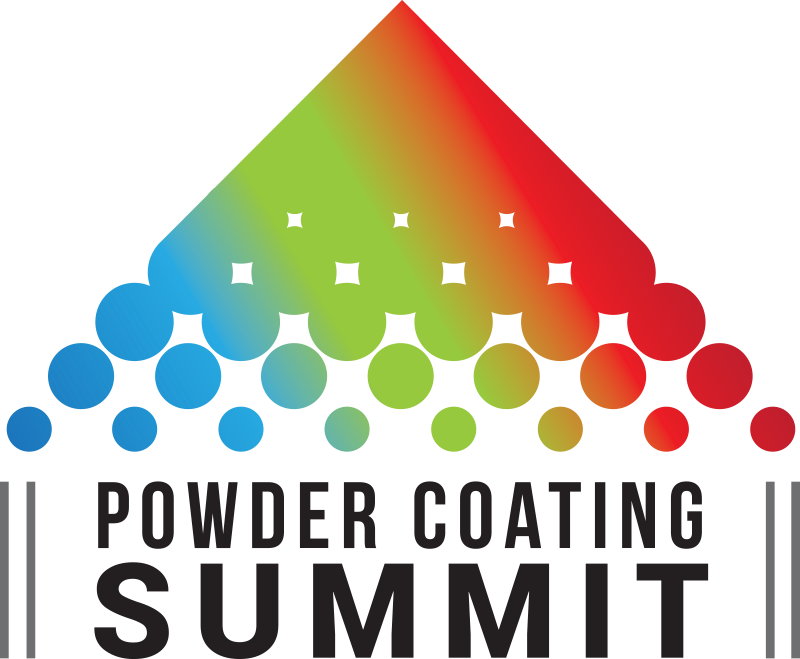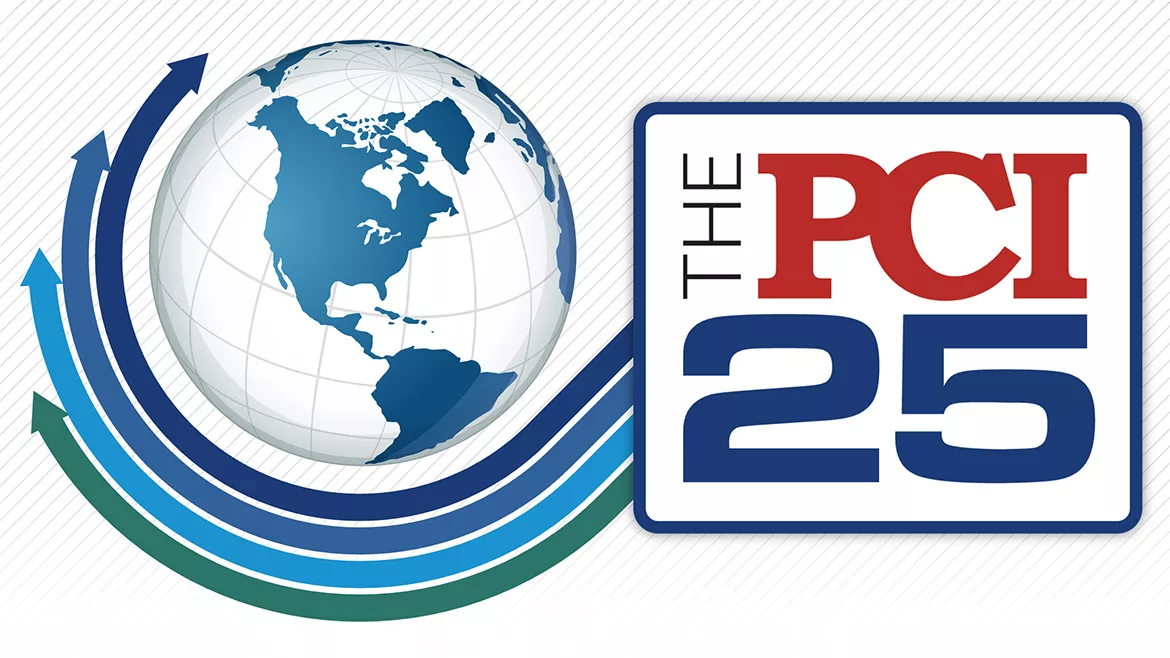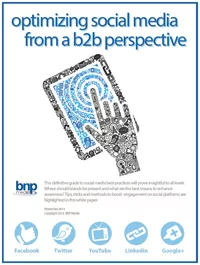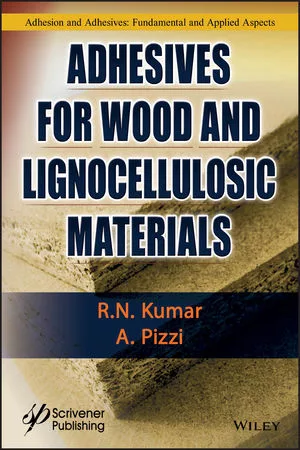A Giant Step for Nanotechnology
MELBOURNE, Australia - The Australian research community will soon have access to one of the most powerful nanotechnology instruments in the world, able to write and etch data on particles 10,000-times smaller than the width of a human hair.
The electron beam lithography instrument is designed to write or mark nano-sized objects and has the capabilities of writing the novel “War and Peace” on a surface as small as a pin-head.
The multi-million dollar electron-beam lithography (EBL) tool will be unique in Australia and is capable of ultra-high resolution patterning at very high speeds and placement accuracy. It will be housed in the soon-to-be-completed Melbourne Centre for Nanofabrication (MCN) located near Monash University's Clayton Campus and will be officially launched in March next year.
MCN Interim Director Abid Khan said the machine will help scientists and engineers develop the next generation of micro technology by giving them the ability to write and etch words and symbols on a range of surfaces to a size less than 10 nanometres.
"This powerful technique is increasingly being used for applications such as banknote fraud prevention, microtexturing of surfaces, manufacture of microfluidic devices and x-ray optical elements, the latter to support work at the Australian Synchrotron, located adjacent to the proposed MCN facility," said Khan.
Khan said it was essential for Australian scientists to have access to the latest in nanotechnology equipment and that the close proximity of the Centre to the Australian Synchrotron would attract international teams of researchers.
"MCN's goal is to serve as Australia's open access, multi-scale, multi-disciplinary micro and nanofabrication hub. The center will support and produce research and prototype advances in areas such as environmental sensors, medical diagnostics, micro and nano actuators, novel energy sources, and biotechnology devices," Khan said.
In addition to the EBL, the purpose-built facility will also host state-of-the-art nanofabrication tools including high-resolution dual-beam focused ion beam microscopy, optical and nano-imprint lithography, deep reactive ion etching, plasma and thermally assisted material deposition, and confocal microscopy.
"While the technology lends itself to infinite possibilities, some of the solutions already being realized around the world are improved paints, car and window cleaning treatments and even improved swimsuits.
Looking for a reprint of this article?
From high-res PDFs to custom plaques, order your copy today!









